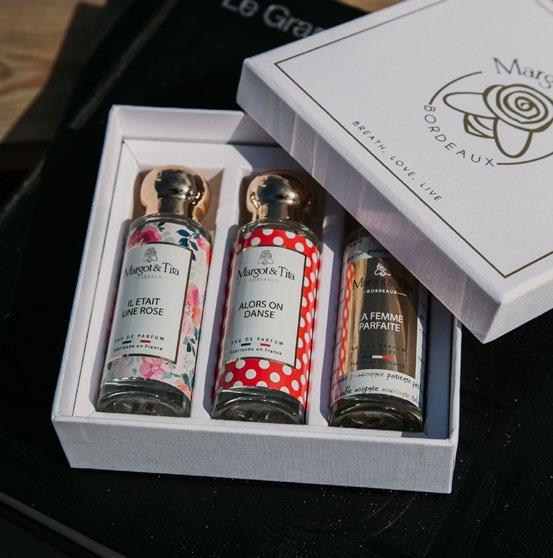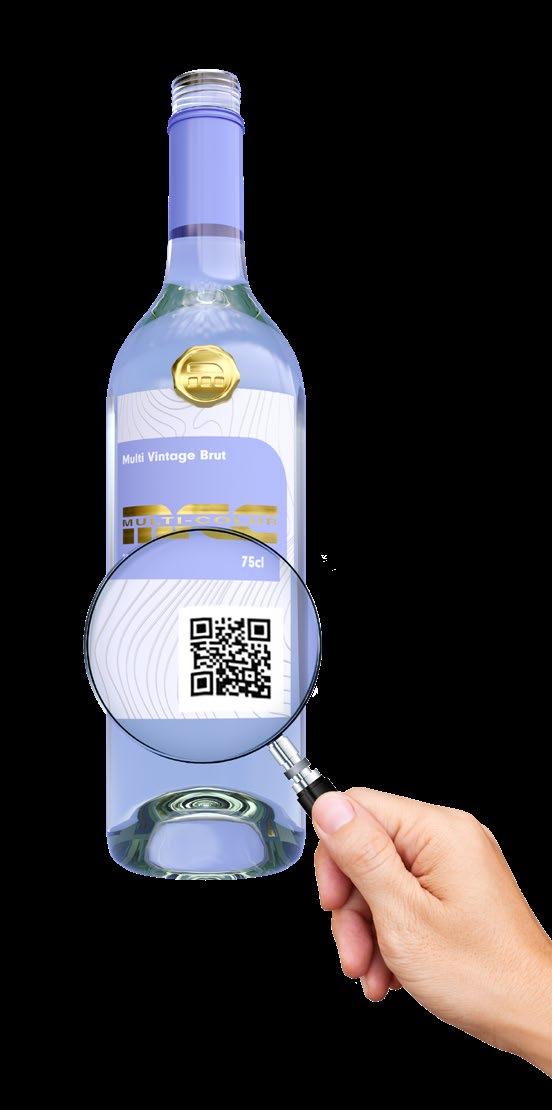The Changing Consumer
Versatile Solutions for Today’s Brand Owner Jörg Waldorf and Darren Priebe are industry veterans, with almost 70 years combined experience in the packaging industry. They have worked with some of the world’s biggest brands. We speak with them to discover their outlook on the recent surge in digital printing and if that trend is here to stay.
We’ve seen a growth in digital packaging over the last couple of years. Do you think this is set to continue? DP: Yes absolutely, not only for big brands but for small brands as well. We see graphics changing more and more frequently and the need to grab the consumer’s attention. Digital is a great medium to provide customization, personalization, speed to market and agility.
Jörg Waldorf Executive Vice President of Global Sales – Food & Beverage at MCC
JW: I agree. Digital print will take a more dominant role in the future and it will continue to grow. It really helps to drive emotions and support diversification in the market. Another thing that drives growth in digital is efficiency, compared to one or two years ago, we can already get a far higher output on digital presses in a short time.
Do you think digital will overtake analogue printing technologies? DP: From my point of view the technologies are very complementary. That’s one of the great things about MCC, we have all the different print technologies covered. If you look back, 15-20 years ago, rotogravure was intended for large, higher run brands and digital was more focussed towards lower run, smaller brands. Now, the equipment manufacturers realize that they need to work towards the middle. Rotogravure has developed to become more cost competitive on shorter print runs, as digital has on larger runs. I refer to it as right size printing, there is not one print technology that fits every SKU across a brand. Typically, you will find that certain SKU’s within a brand may fit with rotogravure, flexo or litho whereas others would fit well with digital. This drives out cost, helps with agility and gives the brand owners assurance that they don’t have to make something fit because it is the only option they have. I think it is highly
6
unlikely you would see a large global brand convert everything over to digital. It has its place but it is not a replacement. Over this unprecedented year the global market has experienced significant changes. Has this contributed to the demand for digital processes? DP: The last year was all about survival. There were some brands, especially hand sanitization or home care cleaning products, that really saw a surge and benefited. Others saw a pull back with less demand – certainly in sectors such as beauty care. So what digital allowed them to do was to quickly shift to capitalize on the smaller print runs and respond to the lower demand they were experiencing. Where we saw increased demand, there was a shortage where you couldn’t find products such as hand sanitizer on the market. It enabled companies to quickly shift and create a label very quickly to get their product on the shelf and help backfill that need. JW: It’s all about adapting to support new demands and quickly reacting to these needs and changing consumer behaviour. For larger brands with complex supply chains, do you see digital print playing a more prominent role? DP: Yes absolutely, for a couple of different reasons. Brands are going to be doing refreshes more frequently than they ever have. It used to be every 18-24 months, now we’re seeing as often as every 6 months to respond to consumer demand and generate interest. Where I think digital plays a very prominent role is: 1. Phase in and phase out. Some brand owners can write off millions of dollars in label scrap when they have a hard conversion from an old design to a refreshed design. By taking advantage of digital it can be a transition footprint platform. We can print analogue then, as they prepare for the refresh, start to run small quantities of the existing design





